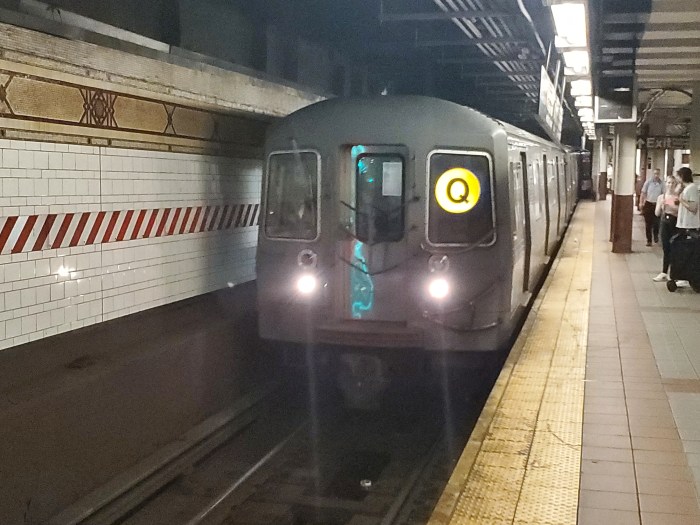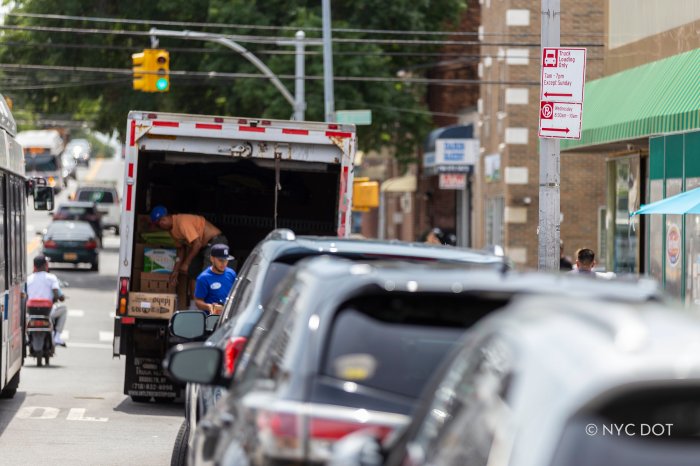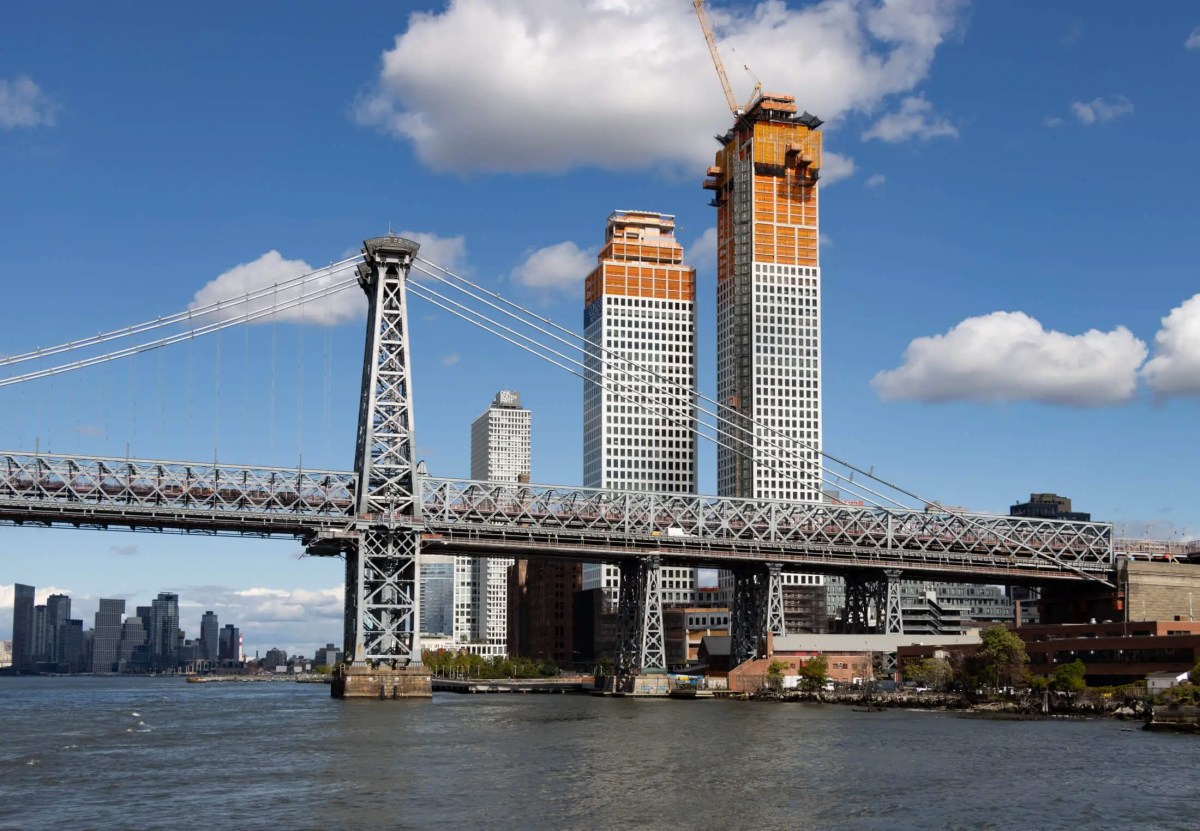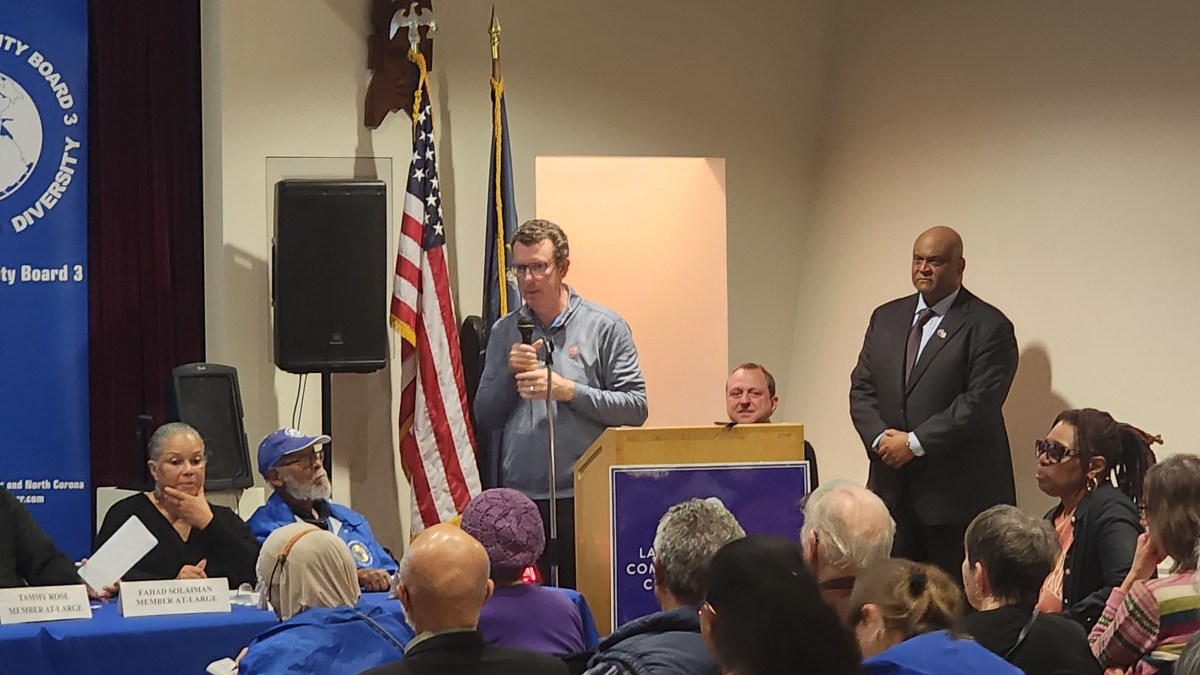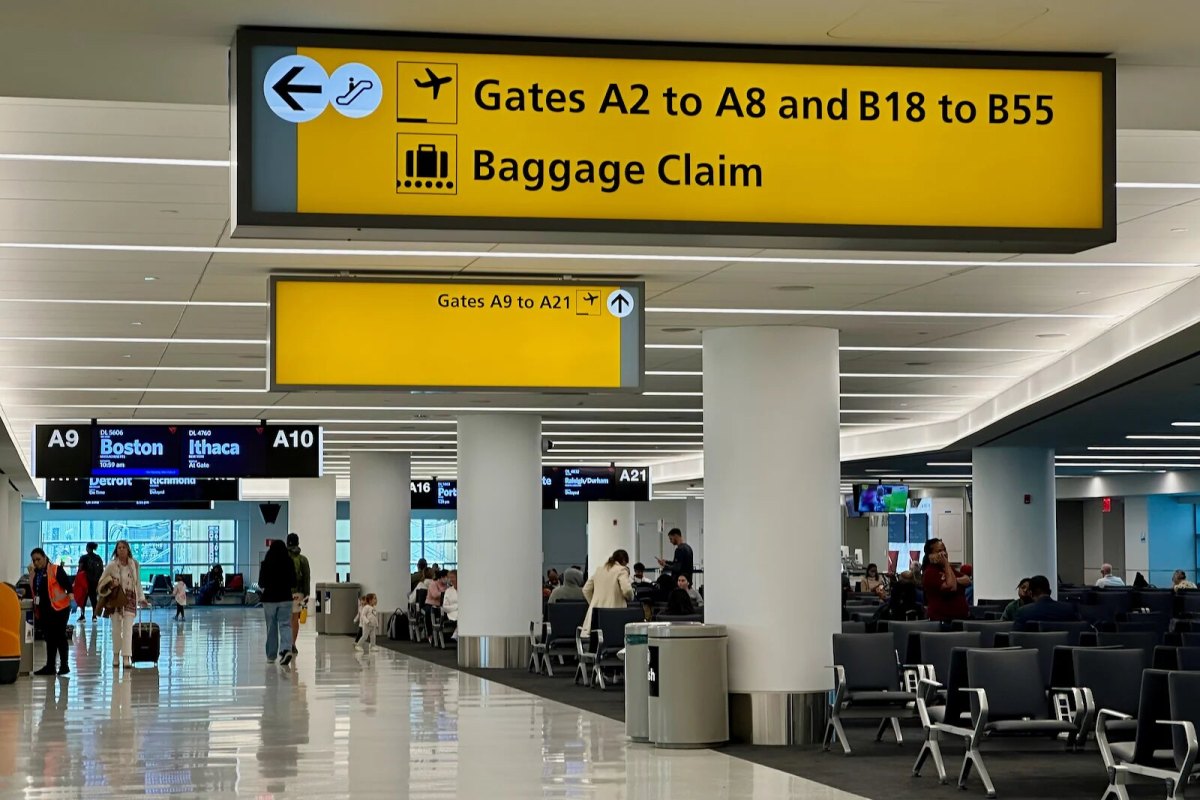The stressful passenger crowding, delays and congestion common at area airports near the holiday season could become the norm, according to two reports released Wednesday.
The reports from the U.S. Travel Association and the Eno Center for Transportation warn that America’s aviation system is reaching capacity, particularly in the New York City-area airports, John F. Kennedy, Newark Liberty and LaGuardia.
"The problems in New York that exist today will not only happen faster, but will impact the rest of the country faster," said Erik Hansen, director of domestic policy at U.S. Travel. "Those airports are critical."
U.S. Travel’s report "Thanksgiving in the Skies" said JFK already experiences a day as jammed as the Wednesday before Turkey Day in 2011 each week and will be in that position every day by 2022; Newark will hit the weekly mark in 2017 and LaGuardia will see that weekly level of congestion in 2021. The Eno Center report, meanwhile, said JFK and Newark are each at their respective "capacity limit."
The congestion problems at these airports are attributed to the outdated technology used in air traffic control and the tight airspace that the three metropolitan airports occupy.
"The problem is primarily in the sky," said Stephen Sigmund, the executive director of Global Gateway Alliance, a New York-focused advocacy group. "We’re still using the radar system that was designed in World War II."
Sigmund said the Federal Aviation Administration needs to fully roll out the "NextGen" system in New York-area airports in a faster amount of time, though some of this new air control technology has been in place here. The NextGen system uses satellites and GPS to boost airspace capacity and make airports operate more efficiently.
Port Authority spokesman Ron Marsico said the agency has asked the FAA to make the New York region a priority for NextGen air traffic control.
"The new technology is critical to help meet burgeoning travel needs at our airports, which had nearly 110 million passengers last year and which are expected to grow substantially to 170 million passengers by 2032," Marsico said in a statement.
FAA, in a statement, said NextGen is "central to the transformation of the nation’s airspace."
Other ways to improve capacity include a new runway at JFK; a higher cap on flights per hour; expanding and modernizing terminals with more gates through an increase in existing passenger charges; better mass transit to airports; and a viable passenger rail system to cut down airport use.
Still, the New York region’s three airports would have capacity constraints even after already-planned improvements, such as wider runways at JFK or better terminals at Newark, according to U.S. Travel’s report.
The passenger congestion does more than aggravate air travelers — the regional economy takes a hit as well as fewer people fly in.
The congestion at JFK and Newark could cost the U.S. economy $6 billion in 2016 from unmet demand, mainly from international travelers, the Eno Center report estimated.
"International passengers contribute disproportionately to the economy and constitute a large portion of travelers at the largest hub airports," the report said.




